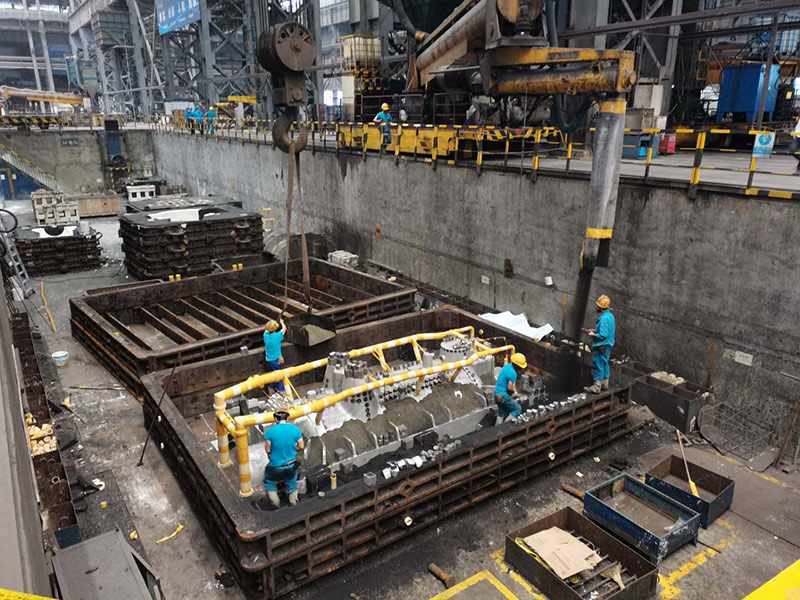

Trustworthiness in open sand casting is evident through its longstanding presence and consistent performance in delivering reliable parts. Companies utilizing this method are often keen to demonstrate their commitment to quality through certifications and compliance with international standards, such as ISO 9001. My collaborations with quality control experts have sharpened the understanding that rigorous inspection processes, including non-destructive testing and real-time monitoring of casting conditions, significantly mitigate defects and enhance product reliability. Open sand casting's environmental impact has been a topic of discussion, with innovations aimed at reducing its ecological footprint. The recycling of sand and the development of binders with minimal environmental impact are transformative steps towards sustainable production. As someone deeply committed to environmental responsibility, I've noted that many foundries are actively investing in technologies that support more eco-friendly operations, such as efficient sand reclamation systems and low-emission furnaces. In conclusion, the open sand casting method remains a pillar of the manufacturing industry. Its benefits are numerous, including versatility in size and material, economic efficiency, and the capacity to produce complex geometries. The commitment to advancing this method through innovation and adherence to high standards is a testament to its enduring relevance and potential. For companies seeking reliable and cost-effective metal casting solutions, open sand casting offers a proven track record and continues to evolve in alignment with modern manufacturing demands. Post time:Mechi . 05, 2025 05:49
Next:Sintered ceramic sand for foundry with cold core box
